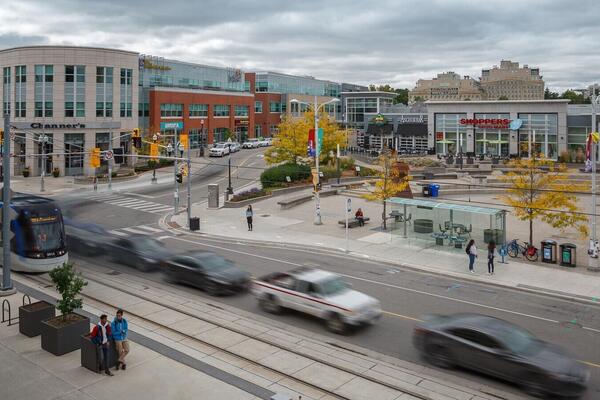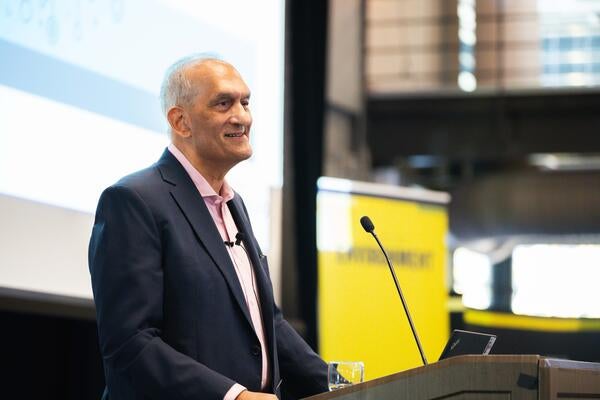
University of Waterloo hosts first hyperloop competition in Canada
Ten teams from around the world will compete in the Canadian Hyperloop competition this weekend

Ten teams from around the world will compete in the Canadian Hyperloop competition this weekend
By Krista Porter University of WaterlooWhat if I told you that university students were creating the transportation technology of the future? Would you believe this technology will travel faster than a Boeing 747 aircraft, all the while getting power from an electric motor and solar panels?
Meet Waterloop, the student design team making this happen right here at the University of Waterloo. With a team of more than 80 students, Waterloop is working on its fifth iteration of a hyperloop pod to compete in the first-ever Canadian Hyperloop Competition this weekend.
“We’re excited to meet all the hyperloop teams coming in from different universities at our test track,” says accounting and finance student Drishti Jadhwani, a Waterloop project manager.
The competition includes seven university teams from across Canada and a team each from England, India and the U.S. Events will take place in Waterloo’s Engineering 5 and 7 buildings, with the test track component of the competition happening at the Region of Waterloo International Airport.
Hyperloop teams will showcase their pod designs and hear from industry experts about the future of hyperloop technology in Canada and around the world.
Christina Sugiara, co-director of the Canadian Hyperloop Conference, says: “Our team has been working hard to organize this competition and we are very excited to see it happen. Being able to host the first hyperloop competition in Canada and host student design teams that are working toward common goals makes us hopeful for the future of hyperloop technologies.”
Waterloop is made up of many different sub-teams - mechanical, electrical, software, infrastructure and business - allowing participation by a wide variety of students from different educational backgrounds.
“Building these six-foot prototypes allows us to learn many skills we wouldn’t learn in a classroom setting,” says engineering student Guy Blumenthal, a Waterloop project manager. “We can’t thank the University enough for believing in our vision of hyperloop technology in Canada and for supporting us throughout the process.”
So now you know who is making a hyperloop, but how does it actually work?
This type of transportation technology features a train in a vacuum tube popularized by Elon Musk after the release of his “Hyperloop Alpha Paper” in 2012. Since then, hyperloop has quickly gained traction around the world through student teams and hyperloop companies. The most successful hyperloop proposal to date is happening right here in Canada. A company called TransPod recently secured US $500 million to build a route from Calgary to Edmonton, cutting down travel time to about 45 minutes.
One of Waterloop’s biggest feats so far is the construction of a test track, the first of its kind in Canada, which will be used at the competition this weekend.
We invite you to come and see for yourself how hyperloop technology will change the way we view transportation. For more information check our website (www.cahyperloop.ca) or follow us on social media (@cahyperloop).

Read more
It Started in Waterloo: An Astronaut's Journey into the Universe of Innovation, narrated by Chris Hadfield, highlights the University of Waterloo’s role in igniting innovation within the region and beyond.

Read more
Researchers awarded funding to investigate ecology, climate change, repatriation, health and well-being through cultural and historical lens

Read more
Industry partners and talented Waterloo students envisioned a decarbonized future and how they can drive transformative change in the energy sector
The University of Waterloo acknowledges that much of our work takes place on the traditional territory of the Neutral, Anishinaabeg, and Haudenosaunee peoples. Our main campus is situated on the Haldimand Tract, the land granted to the Six Nations that includes six miles on each side of the Grand River. Our active work toward reconciliation takes place across our campuses through research, learning, teaching, and community building, and is co-ordinated within the Office of Indigenous Relations.